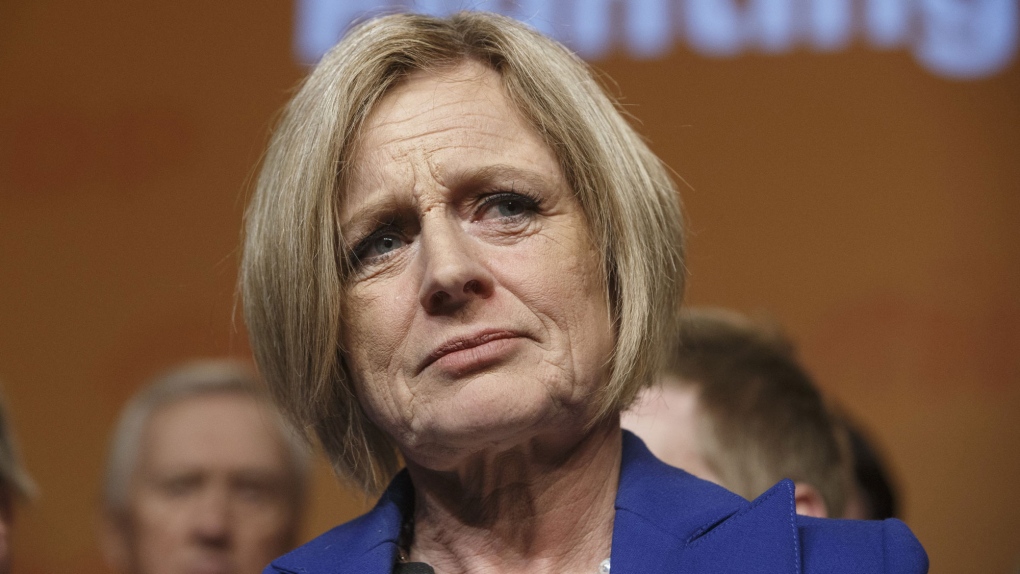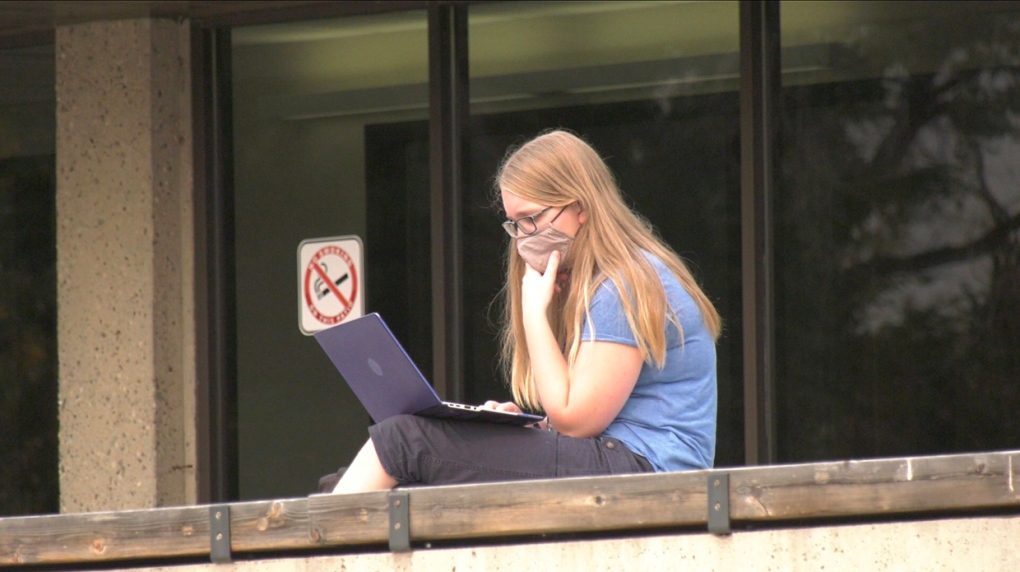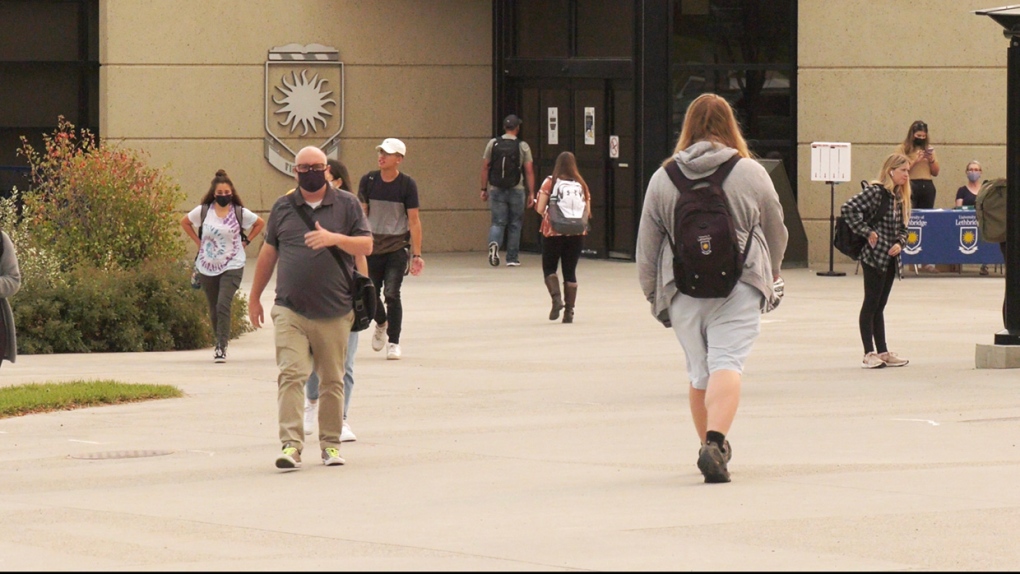Toronto Parking Authority workers, city headed for possible strike or lockout
Legal strike or lockout can happen after 12:01 a.m. on Oct. 16
Toronto Parking Authority workers and the city have 12 days to come to an agreement before a possible work disruption.
As of 12:01 a.m., Oct. 16, both parties will be in a legal strike or lockout position.
According to CUPE Local 416, which represents the workers, the city has not responded to the union's latest proposal, despite "ample time" to do so and is putting its ability to generate parking revenue at risk.
The union called the delays "unnecessary" and said Toronto Parking Authority (TPA) workers took a 20 per cent pay cut and experienced mass layoffs during the pandemic to help mitigate the city's loss of parking revenue.
"The short-term revenue shortfalls caused by the pandemic shouldn't be permanently downloaded onto loyal workers," wrote CUPE Local 416 president Eddie Mariconda in a Monday news release.
"Members are looking for fairness and respect," said Mariconda, calling the union's proposals modest, reasonable and in line with previous contract negotiations between the city and the union.
The TPA operates the city's on-street metered parking and off-street parking facilities, along with Bike Share Toronto.
Scott Collier, president of the TPA, said negotiations continue and the authority is committed to securing a new collective agreement with the union that is fair to both staff and the City of Toronto.
Prior to the pandemic, workers generated approximately $85 million in revenue annually, wrote Mariconda. Of the revenue generated by parking, 55 cents on the dollar goes back into city services like parks, recreation and capital expansion, he said.
The union said punishing workers at the bargaining table will significantly hinder the city's ability to recoup revenues lost due of the pandemic.
"We need parking now more than ever to support local businesses, visit loved ones, and to keep our city moving forward," Mariconda wrote.
Strike/lockout deadline nears as Toronto

Chris Fox, CP24 Web Content Writer
Published Monday, October 4, 2021
CUPE Local 416, which represents the workers, said in a news release on Monday that the union has made a “reasonable” offer to the city but has not yet received a response despite giving them “ample time” do so.
It says that the “unnecessary delays” are particularly concerning given the fact that the workers will be in a legal strike position and the city a legal lockout position as of 12:10 a.m. on Oct. 16, following the issuing of a “no board report” by the Ministry of Labour.
“Members are looking for fairness and respect—our proposals at the bargaining table are modest, reasonable, and in line with previous contracts negotiated between the local and the city,” CUPE Local 416 President Eddie Mariconda said in the release.
CUPE Local 416 claims that Toronto Parking Authority workers “took a 20 per cent pay cut and experienced mass layoffs during the pandemic to help mitigate parking revenue loss.”
It says that the “short-term revenue shortfalls caused by the pandemic shouldn’t be permanently downloaded onto loyal workers” and that the city should instead “utilize parking services more effectively to maximize revenues.”
City staff, however, say that the Toronto Parking Authority is expected to face a $7.3 million shortfall by the end of the year “due to unfavourable revenue driven by decreased transaction volume trends in off-street and on-street parking resulting from COVID-19.”
This comes on the heels of revenue coming in tens of millions of dollars lower than expected in 2020 due to the pandemic.
Back in July CUPE Local 416 members voted in favour of strike action if necessary.














